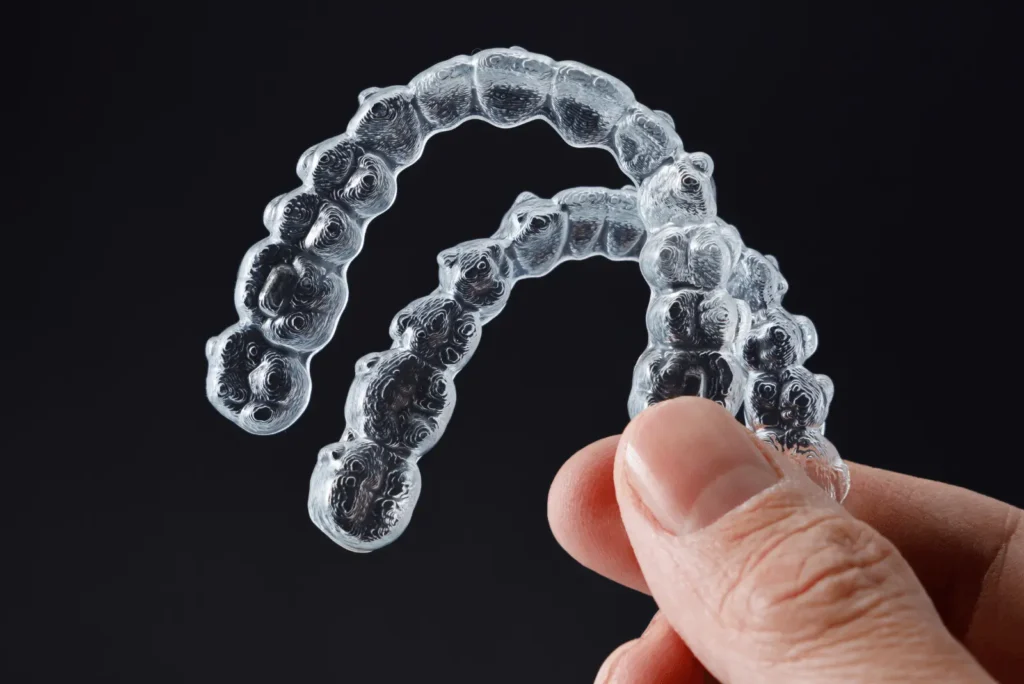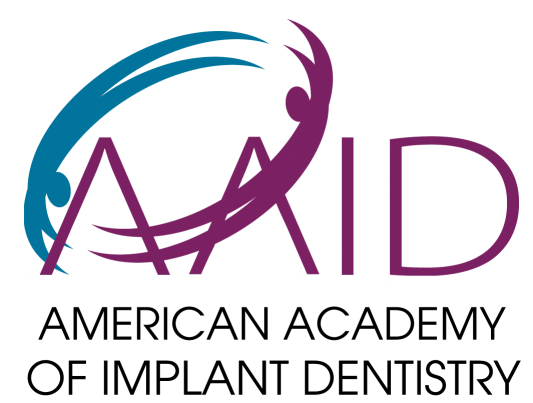Invisalign’s clear removable aligners already offer impressive teeth straightening capabilities. But can Invisalign also fix bite problems? Malocclusions like overbites, underbites, crossbites, and open bites affect both dental appearance and function. This guide on Invisalign treatment delves into using clear aligners to correct bite alignment too.

What Exactly is Your “Bite”?
Before examining if and how Invisalign remedies poor bites, let’s cover what a proper bite entails. Your bite refers to the way your upper and lower teeth align when you close your mouth. Ideal bites exhibit:
- Overbite: Your top front teeth slightly overlap your bottom front teeth
- Even contact: All teeth meet cleanly without irregular gaps
- Aligned midline: Central incisors line up directly
Correct bite alignment not only looks better but promotes easier chewing and clearer speech. Conversely, problematic bites create aesthetic concerns, discomfort when eating, teeth grinding, loosening, or chipping teeth over time.
Can Invisalign Treat Various Bite Problems?
Invisalign utilizes a series of clear plastic aligners to incrementally shift teeth position. But can removable trays effectively improve misalignment between upper and lower teeth too?
The answer is yes – when paired with necessary attachments or elastics, Invisalign can remedy all types of bite issues. Types of malocclusions Invisalign treats include:
- Overbite correction: Aligners reposition front teeth for proper overlap
- Underbite adjustment: Rearranging jutting lower teeth
- Crossbite fix: Shifting misaligned individual teeth
- Open bite closure: Closing space between front top and bottom teeth
See a brief description of each condition and how Invisalign can help below:
| Type of Bite Issue | Description | Invisalign Solution |
| The gap between the upper and lower front teeth when biting | Lower front teeth excessively overlap bottom front teeth | Attachments to intrude or tip teeth |
| Underbite | Lower front teeth sit in the front of top front teeth | Alignment with elastics |
| Crossbite | Individual upper and lower teeth incorrectly overlap | Tooth-by-tooth alignment |
| Open Bite | Gap between the upper and lower front teeth when biting | Closing space with aligners |
Depending on bite severity, treatment may incorporate:
- Attachments: Small bumps affixed to problem teeth needing specific repositioning
- Interarch elastics: Rubber bands linking top and bottom teeth to guide into proper alignment
- Special ordering of aligners: Moving problematic teeth first before general straightening
Using these tools, Invisalign can improve both your smile and your bite function.
The Benefits of Correcting Your Bite with Invisalign
Aside from the obvious aesthetic perk of straightening your smile, remedying bite issues provides key health and convenience advantages:
- Prevent teeth damage: Crossbites, overbites, and underbites put abnormal strain on teeth over time. Correcting misalignment early on prevents extensive tooth wear, cracks, or chips down the road.
- Ease bite discomfort: Poor occlusion often correlates with jaw pain, headaches, or uneven wearing of tooth enamel. Proper realignment helps relieve these issues.
- Improve chewing: With corrected bite alignment, patients find eating tougher foods like apples or corn on the cob much more comfortable and efficient.
- Speak clearly: Underbites commonly correlate with lisping or unclear speech due to teeth placement. Bite fixing lets you articulate words better.
What to Expect During Invisalign Bite Correction
The process of realigning bite issues mimics standard Invisalign protocol but your orthodontist will take special care to move problem teeth properly. Here’s a quick overview of what to expect:
- Initial appointment to evaluate your specific bite condition, take scans and photos
- Custom treatment plan with the total number of aligners fabricated
- New aligner trays swapped out every 1-2 weeks for the duration of treatment
- Potential use of attachments and/or interact bands per treatment plan
- Follow-up appointments to monitor progress and modify approach as needed
- Average treatment lasting 12-24 months based on severity
- Retainers provided post-treatment to keep teeth in the corrected position
As with any orthodontics, biting down on aligners can damage them. Avoid chewing nails, pens or other hard foods with trays in.
Partner with Your Orthodontist for Bite Correction Success
Though Invisalign offers an inconspicuous approach to bite fixing, careful oversight from your orthodontist remains crucial. Keep your provider updated on discomfort, aligner issues or bite changes as they occur. Delivering tailored bite adjustments requires an open dialogue and patient commitment to wearing aligners properly.
But with an attentive orthodontist and your dedication to excellent oral hygiene and aligner wear, Invisalign presents an unparalleled solution for improving dental health, function, and aesthetics through bite correction.
Interested in options for your overbite, crossbite, or underbite? Consult our office today!






